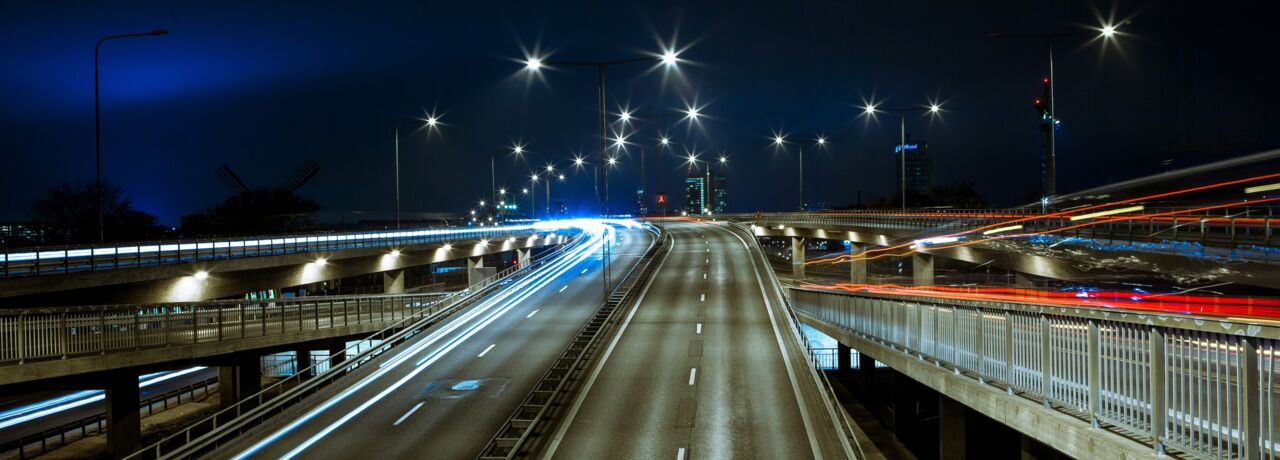Transport and mobility - a prioritised research area at LiU

Transport is one of LiU's strategically selected areas of development that is of great relevance to our society. It is a broad and strong research area for both LiU and the region. The research has three main orientations; the traffic system, the logistics system and the vehicular system.
Through the investment in transport as an area of excellence, we want to create a flexible platform that enables and encourages major interdisciplinary projects in research and education. Several departments at LiU conduct research and education with relevance to the transport area. It is these different specializations, with associated strengths and competencies, that we are now building on by connecting and utilizing the entire university's width and competence in the field of transport.
News in the transport area
The traffic system
The traffic system consists of the infrastructure needed for the transport of people and goods. The research concerns the development, planning and management of this infrastructure and its traffic flows for all different modes of transport in order to achieve both environmental goals and goals in terms of accessibility, accessibility and safety.
The logistic system
The logistics system consists of several actors, such as sales companies, customers, transport companies, who in collaboration develop current and future goods supply and distribution, with a focus on organization, management and control of the system as a whole. Climate-smart logistics systems aim at sustainable growth for both business and society, regardless of whether it is a logistics system for distribution in cities or whether it is about moving goods from road to sea or rail for long-distance transport.
The vehicular system
The vehicular system includes the actual vehicles, the maneuvers and driving (manually or automatically), the vehicles' interaction with each other and other road users, as well as the interaction with surrounding infrastructure both digital roadside information and as a connected device to databases or internet. Overall goals are sustainability, energy efficiency and safety for passengers and fellow road users.




